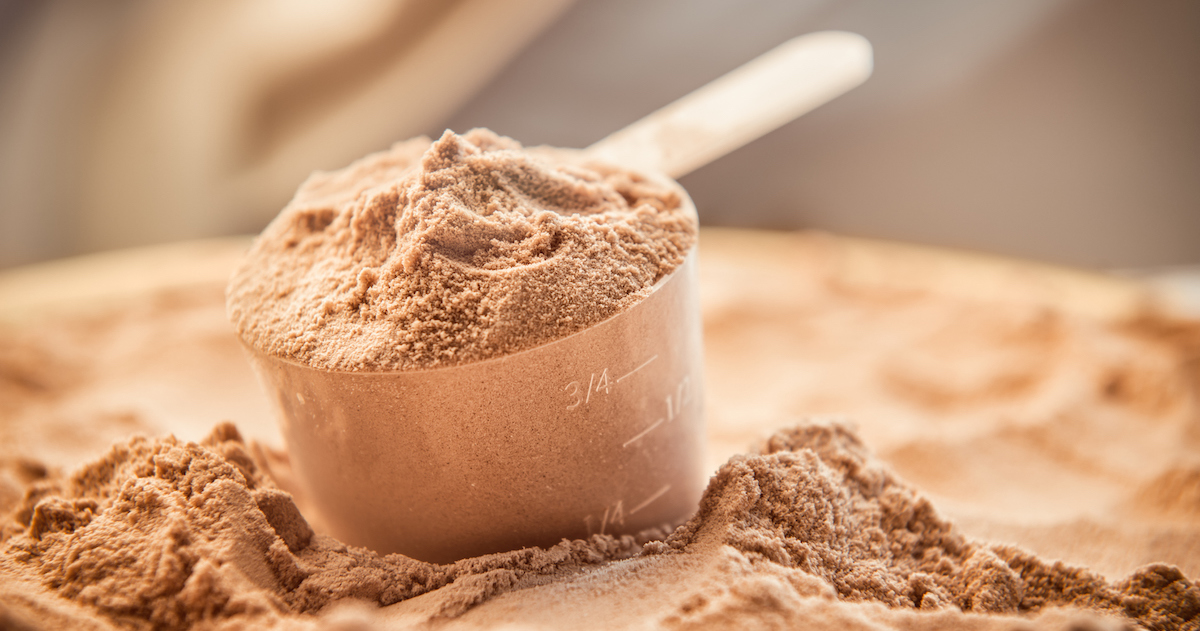What Is GMP Certified? A Practical Guide to cGMP Blending Success

What is GMP certified, and why is it essential in pharmaceutical and food manufacturing? In a cGMP (Current Good Manufacturing Practice) environment, every step must meet strict quality standards — especially blending.
While particle size often gets the spotlight, blend homogeneity is just as critical. But true GMP-certified blending success depends on more than just equipment — it demands process expertise, material knowledge, and the right tools, like ribbon blenders.
Why Ribbon Blenders Are a Must-Have for Efficient, Scalable Blending
Ribbon blenders are capable of quickly and efficiently mixing powdered and/or granulated dry ingredients into homogenous blends. In fact, they may deliver the best combination of relatively simple operation and efficient, high-speed, homogenous powder blending. For that reason, ribbon blenders are certainly an indispensable blending capability to expect.
A blender ribbon agitator with dual helical ribbons moves material in opposite directions to ensure even distribution. When operated by skilled technicians, the right speed and timing produce a uniform blend without damaging particles.
Blender size directly impacts batch capacity, with volumes ranging from a few liters to several thousand. That’s why it’s essential to partner with a toll processor whose equipment matches your project scale—otherwise, you risk delays and inefficiencies.
Ribbon blenders can handle advanced blending needs, including the incorporation of liquids. A spray bar mounted on top of the chamber allows atomized or fluid ingredients to be added — from light coating to forming a thick paste.
For projects requiring temperature control, a jacketed blender is a valuable upgrade. The oil jacket can be heated or cooled to keep heat-sensitive or flammable materials stable. In some cases, warming materials may be needed to soften them, prevent solidification, or ensure proper blending.
Tumble Blenders: Ideal for Fragile or Dense Materials
In some cases, a different type of blender may be better suited — especially for dense materials or fragile ingredients that can’t withstand shear forces. In these cases, the diffusion mechanism of a tumble blender can offer a good option. In a tumble blender, particles cascade and roll more gently within the blending chamber.
Tumble blenders can be equipped with spray nozzles to add liquids during blending. Your toll processor’s technical team can help determine the right setup for your material and process needs.
Beyond the Blender: What GMP Blending Really Takes
Most customers in food and pharmaceuticals place huge emphasis on formulation. From blending active pharmaceutical ingredients with the right excipients to creating dry food ingredient blends in the right ratios, manufacturers invest a great deal of time and resources in establishing their unique product formulations.
Taking that recipe into production, on the other hand, requires a uniquely different type of blending expertise.
Scaling up dry ingredient blending means understanding how materials interact—especially when it comes to particle size. Abrasive ingredients can cause attrition, while blending energy may generate heat that impacts sensitive materials.
Whether you're blending 2 or 20 ingredients, it’s not just about the equipment. A toll processor’s track record matters, too—because dry blending is critical to food and pharma production, and delays here can bottleneck your entire supply chain.
In theory, production-scale blending should be a relatively straightforward process that includes:
- Verifying blending time and speed, based on process documentation
- Determining bulk densities of constituent materials
- Determining the combined bulk density of the finished product
- Calculating ratios based on density and batch size
In practice, several variables can influence blending outcomes — including:
- Flowability
- Moisture content
- Agglomeration
- Risk of attrition
- Temperature sensitivity
- And significant differences in material densities.
An experienced toll processor knows the right questions to ask, and develops a blending process plan based on all the variables. For this reason, it’s absolutely vital to share as much experiential, material, and process knowledge as possible with your technical team.
What to Expect From Your Toll Blending Partner
Blending doesn’t usually require pilot runs, but your first production batch often acts as a feasibility trial. Since outcomes can’t be fully predicted—especially with variables like particle size—expect charges based on time and labor, as well as data collection to guide future runs.
Material traits, ingredient count, and particle size all affect time and cost, but the biggest factors are packaging formats. While experienced toll processors can handle any format, bulk packaging typically offers the most cost savings.
Why? Consider the time and labor required to hang a supersack above blending equipment, versus individually opening and pouring a shipment’s worth of 5-gallon pails. The same goes for tapping out; it’s simply faster and easier to handle larger formats — and that difference impacts the price you can expect to pay. Screening for particle size in a final pharmaceutical blend can add significant value—but it also increases overall project costs.
Cost isn’t the only factor when partnering with a toll manufacturer for GMP blending. Timing is critical—especially within your supply chain. As demand grows across food, nutraceutical, pharmaceutical, and personal care industries, toll processors face increasing workloads. Planning ahead and maintaining open communication with your toll processing team is key to staying on track.
And before you select a tolling partner for your food and pharmaceutical blending needs, be sure to download our guide, Milling Methods: Food and Pharma Guide. It helps you assess the key factors in choosing a reliable toll manufacturer—from equipment capabilities to process and quality control. Click the link below to download the guide.


.png?width=100&height=110&name=CPS-Logo-rgb-no-callout%20(1).png)
